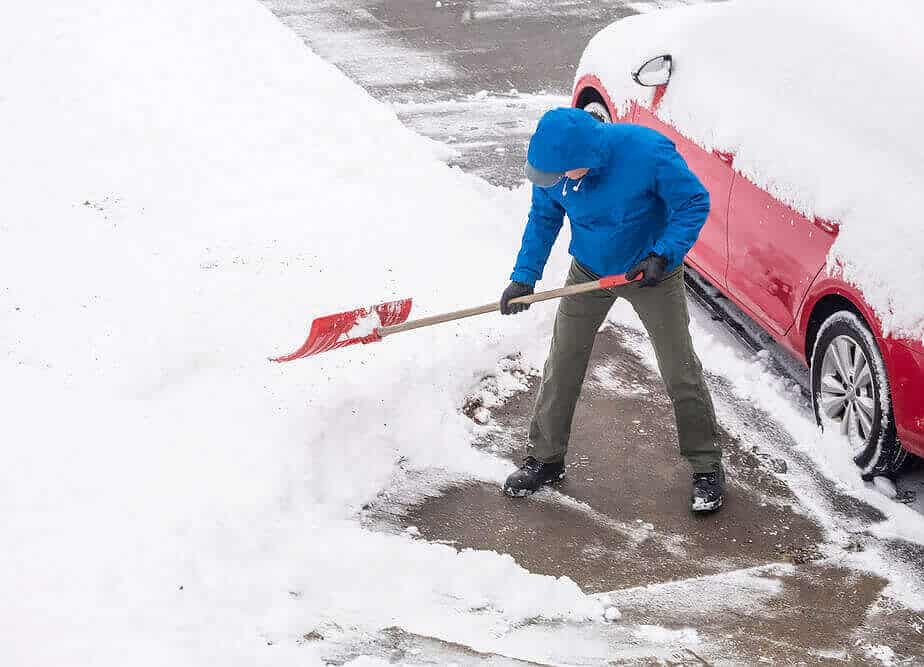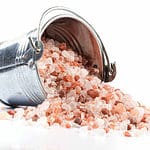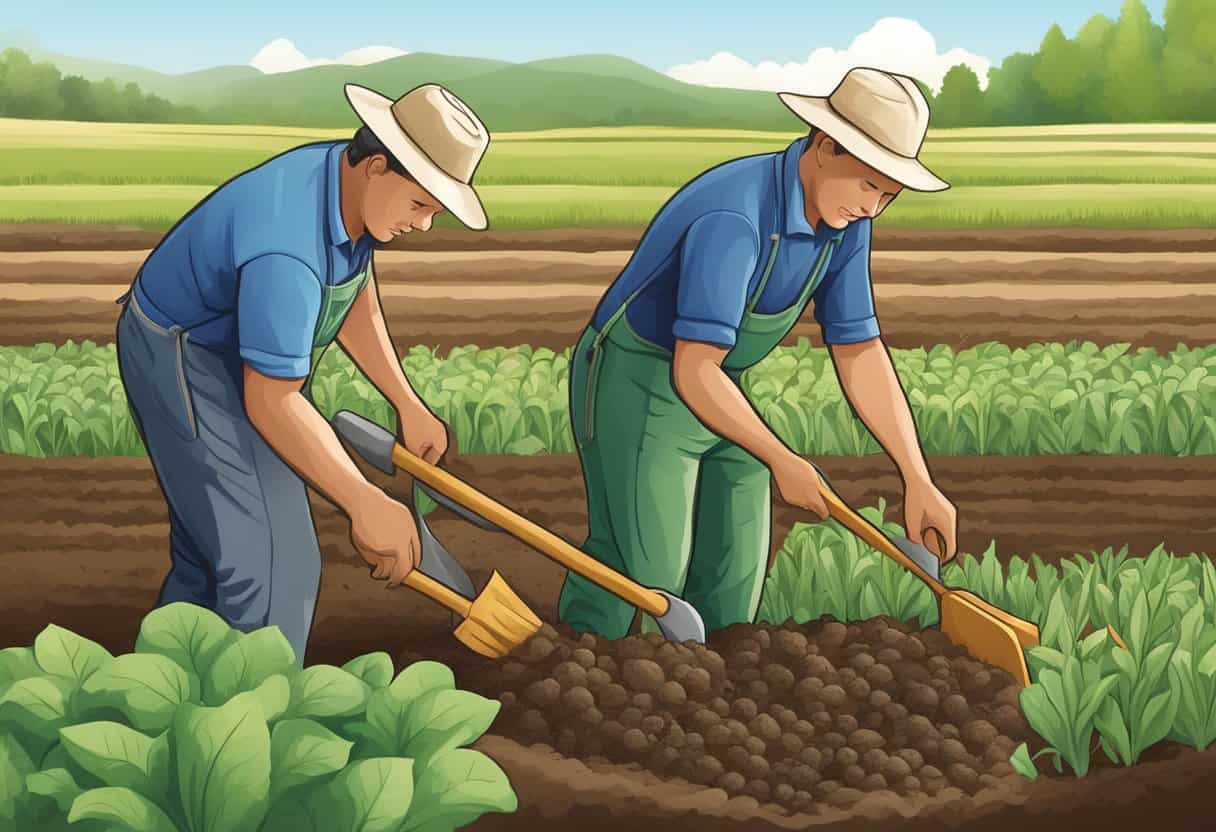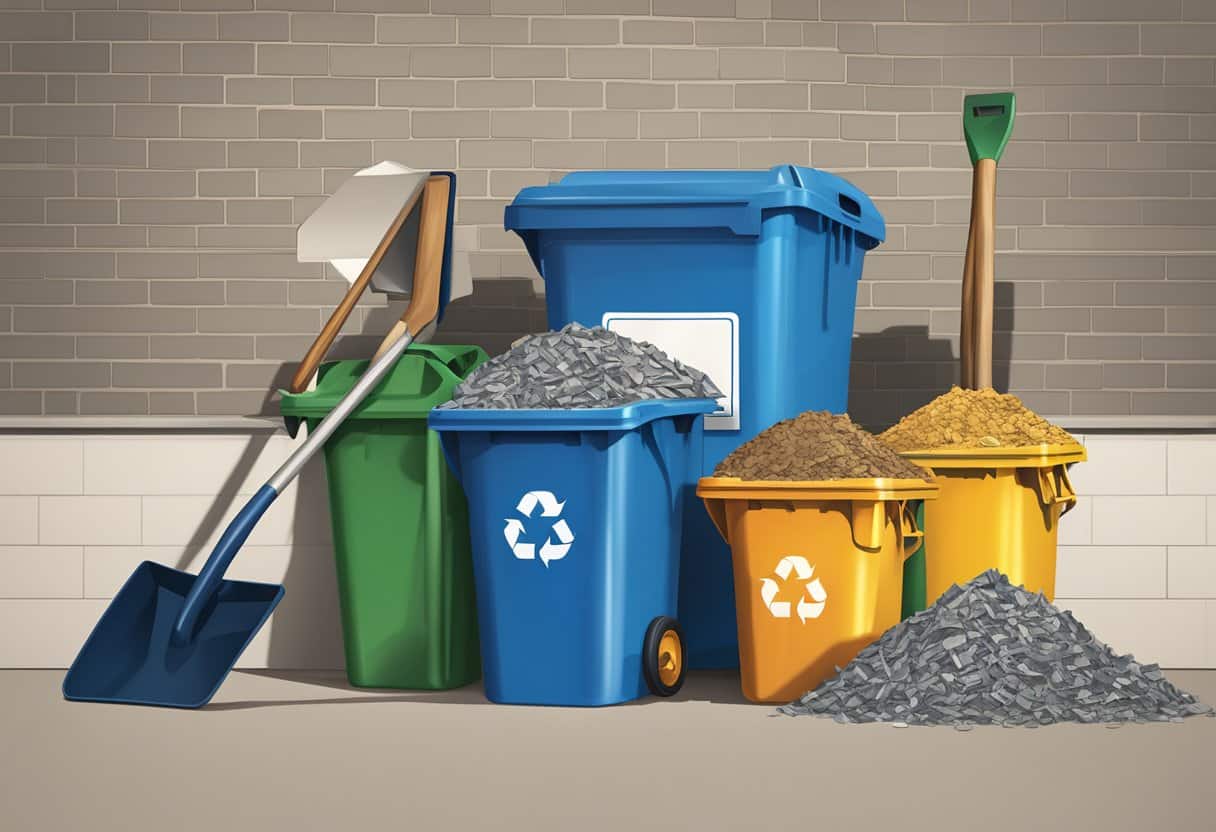Shovelling snow is an integral part of winter home maintenance. Not only does it keep your driveway and sidewalks clear, but it also helps prevent injuries. Shovelling snow is no one’s favourite activity; however, it is vital to choose the right shovel and use the correct technique when shovelling. On the other hand, shovelling snow can be easy and enjoyable with little planning and care.
Table of Contents
Why Shovelling Snow Is Necessary For Your Home
Shovelling snow is essential for several reasons:
- It helps to keep your property safe and accessible. If you have a sidewalk or driveway, Shovelling will help to prevent people from slipping and falling.
- It can help to prevent damage to your property and can help to avoid water damage by directing runoff away from your home or business.
- Shovelling can help improve the appearance of your property. Keeping your home looking as if somebody lives there is an excellent to reduce any potential crime to your property.
- Shovelling can also help to prevent car accidents. When snow and ice accumulate on the roads, it can make driving conditions very dangerous. Shovelling your driveway and other areas around your home can help make the streets safer for everyone.
- Shovelling can be good exercise. Getting out and shovelling can help work up a sweat and burn calories.
Remember these benefits the next time you consider whether or not to shovel your sidewalks and driveways.
Solutions For Different Types Of Snow & Picking The Right Snow Shovel
There are different shovelling techniques and solutions for different types of snow. First, consider the kind of snow you shovel most often. A sturdier shovel that can handle the weight is required to shovel heavy, wet snow. Take smaller shovelfuls and be careful not to damage your driveway or sidewalk. To scoop heavy, wet snow, use a plastic shovel instead of a metal one. You can also try using a shovel with a broader blade to make shovelling easier.
If you live in an area that gets a lot of light, fluffy snow, you can shovel more quickly and aggressively. For light, fluffy snow, you will need a shovel that can maneuver quickly, take larger shovelfuls, and be more aggressive. A metal shovel with a smaller blade will work well to scoop light and fluffy.
Consider the size of your driveway or sidewalk. You’ll need a wider shovel if you have a large area to shovel. Lastly, consider your strength and ability. If you’re not very strong, then you’ll need a shovel that’s easier to use, or utilize a wheeled shovel or a snow blower. Whichever type of snow you shovel, always lift with your legs and not your back to avoid injury.
2 Types Of Shovelling Techniques – Push And Pull
Push Shovelling: There are two main types of shovelling techniques: push shovelling and pull shovelling. Push shovelling is the most common type of shovelling and is what most people think of when completing the task. With this technique, you use your arms and legs to push the shovel forward through the snow. Push shovelling can tax your body, so you must take breaks often.
Pull Shovelling: Pull shovelling is a newer technique that is gaining popularity. With this technique, you use your arms and legs to pull the shovel backward through the snow. Pull shovelling can be easier on your body, but it takes a longer time to clear a section when done manually. As a result, many plow trucks now utilize a pull blade for clearing driveways and parking lots.
5 Steps To Clear Your Driveway Faster With A Shovel
Shovelling snow is no fun, but it’s a necessary evil if you want to keep your driveway clear. Shovelling snow can be challenging work. If you don’t have the proper technique, you can end up hurting your back or shoulders. So if you’re looking for ways to shovel your driveway more quickly and efficiently, here are five tips:
- 1. Use a shovel that is the right size for you. A too big or too small shovel can be difficult to use and cause injuries.
- 2. Start at one end of the driveway and work your way down the center. Doing this will help ensure that you don’t miss any spots.
- 3. Shovel in small sections instead of trying to shovel the entire driveway all at once. Shovelling in small sections will make the job easier and help you avoid getting too tired.
- 4. Take breaks as needed. Moving and lifting snow is a strenuous activity, so it’s essential to take breaks as needed. When you feel fatigued, take a break and rest for a few minutes before continuing.
- 5. Finish by clearing the edges. Once you’ve shovelled the central part of the driveway, finish clearing the edges where snow has drifted up against the curb or sidewalk. The edge cleanup will give your driveway a nice, clean look.
What You Need To Know About Shovelling Snow Before Starting
Shovelling snow is challenging work, so be prepared before you start.
1. Make sure to dress warmly and wear proper footwear.
2. As shovelling snow can be strenuous exercise, make sure to warm up your muscles before shovelling and take breaks often to avoid overexertion. Then, cool down your muscles with more stretches when you finish shovelling.
2. Take your time and don’t rush. Shovelling too quickly can lead to accidents.
3. Be careful of ice beneath the snow. Ice can make shovelling more complex and can also be slippery, so be sure to watch your step. Ensure you have a strong foothold before throwing snow so that you do not strain or hurt yourself.
4. Avoid throwing snow over your shoulder, as this can lead to back strain. Instead, shovel the snow to the side or in front of you.
5. Shovelling snow can be dangerous. If you have any heart problems, shovelling snow may not be a good idea for you, so check with your doctor before shovelling if you have any concerns.
6. Shovel the snow in smaller batches. Shovelling large amounts of snow at once can be difficult and dangerous.
With these tips in mind, shovelling snow can be a breeze! Just be sure to take time and rest often to avoid injuries.
How To Prevent Snow Damage Before It Happens
Shovelling snow is important to prevent damage to your home. By following these tips, you can help to keep your home safe and sound all winter long.
1. Inspect your roof regularly. Look for loose or damaged shingles and have them fixed as soon as possible.
2. Keep gutters clean and clear of debris. To ensure a winter free of ice dams in the gutters, a summer maintenance project is to clear clogged gutters and drains, which can cause water to back up and freeze, damaging your foundation, gutters and eaves.
3. Shovel snow away from your home’s foundation, as this will help prevent water from seeping into your basement or crawl space.
4. If you have a deck or patio, shovel the snow off to prevent it from collapsing under the weight of the snow.
5. Keep trees and shrubs trimmed away from your home. Heavy branches can break and fall on your roof during a winter storm.
What Types of Snow Shovels Are There?
Many types of snow shovels are available, but the list pretty much breaks down to the following:
1. The basic shovel – This is the most common type of shovel that comes to mind when thinking of a snow shovel. It is most commonly made of metal or plastic and incorporates a flat scoop with a D-shaped handle to scoop the snow.
2. The snow pusher is designed for pushing snow rather than lifting it. It has a large, flat blade made of steel or aluminum. The blade may be curved or have an angled front edge to help push the snow.
3. The snow plow – This shovel clears large snowy areas quickly. It has a long, straight blade made of steel or aluminum, and the blade may be attached to a wheeled frame to make it easier to push. Larger and more robust snow plows are also found on cars and trucks, ATVs, or riding mowers decked out for winter use.
4. The snow thrower – Designed for throwing snow a long distance, this shovel has a scoop attached to a long handle. The handle may be bent or have a trigger mechanism to help control the direction and distance of the snow throw.
5. The electric shovel – This type of shovel is powered by electricity and can be used to shovel snow quickly and easily. It typically has a small scoop and maybe cordless for easy maneuverability.
6. The snow blower – A snow blower is powered by batteries, electricity or gas and clears large areas of snow quickly. It has an auger that spins to blow the snow away from sidewalks or driveways.
7. The telescoping shovel has a handle that you can extend to reach higher areas without bending over. It is often used to shovel snow from roofs or other high places.
8. You can fold the foldable shovel for easy storage and transport. Campers or hikers often use it for digging in snow or dirt.
9. The roof shovel also known as a roof rake is designed for clearing snow from roofs. The roof rake has a long handle and a steel or aluminum blade that can be angled to reach the roof’s edge.
Final Thoughts
The next time you consider whether or not to shovel your snow, remember shovelling snow is important for your property and your health. A well-maintained shovelled walkway or driveway can make a big difference in your safety and in how your property looks.







